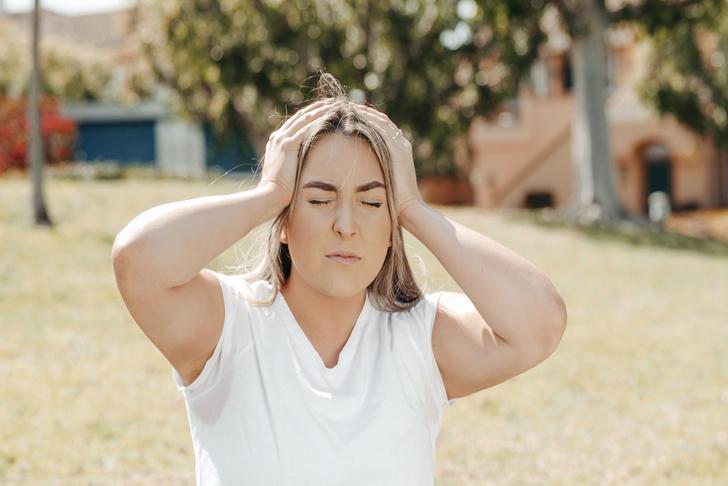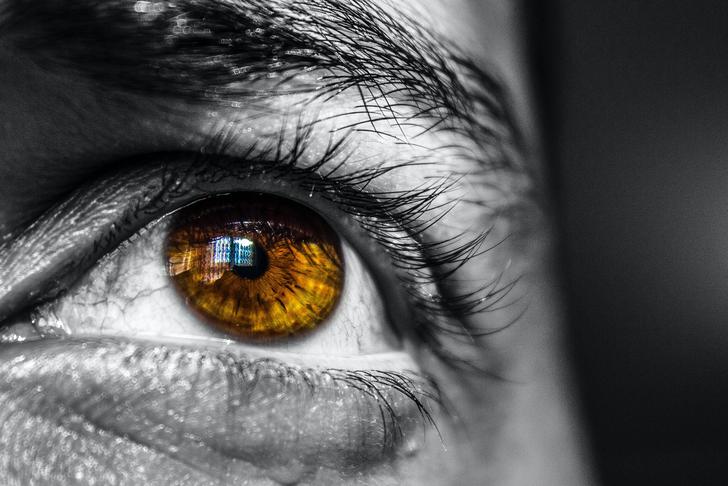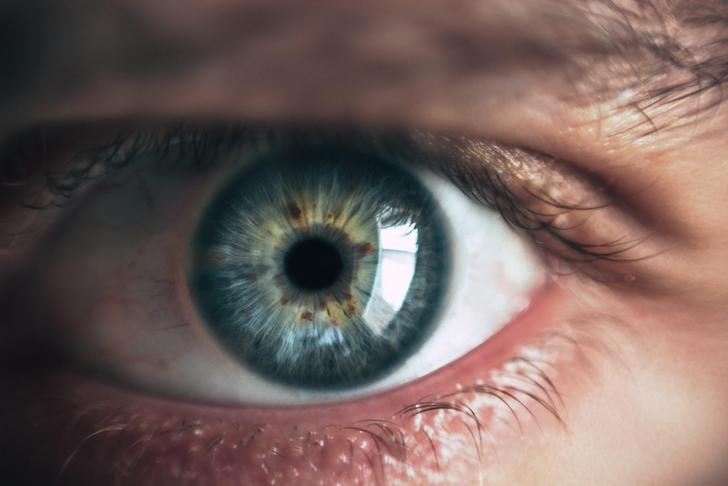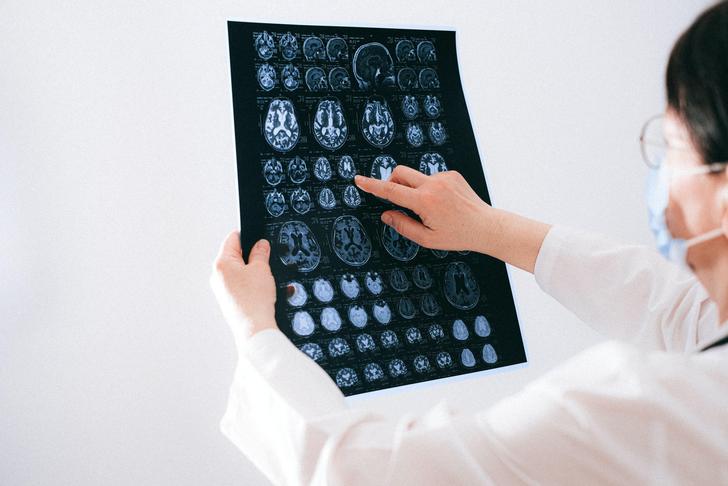10 brain aneurysm symptoms
 Article Sources
Article SourcesBrain aneurysms happen when a blood vessel in the brain bulges or balloons. They might develop in a weak part of a blood vessel wall due to the pressure of blood flow.[[2]] Brain aneurysms are often small and may not rupture. Many people don’t realize they have one because they may not experience any symptoms. The symptoms typically start if the brain aneurysm leaks or ruptures, but they can also happen if it presses against nerves and tissues. Leaks and ruptures are urgent situations that can be life-threatening. Explore symptoms of brain aneurysms to determine when medical attention is necessary.
Sudden, Severe Headache
One of the main symptoms of a rupturedbrain aneurysm is a sudden and severe headache. Many people describe it as the worst headache they’ve ever had.[[3]] It’s also sometimes referred to as a thunderclap headache due to its sudden onset and severe nature.[[1]] Some people also experience severe headaches if they have a leaking aneurysm, but many people don’t experience any headache symptoms until it ruptures. It’s possible for the aneurysm to leak for days or weeks before rupturing.

Advertisement
Vision Changes
Vision and pupil changes can be among the brain aneurysm symptoms some people experience. A growing aneurysm that presses on nerves or tissues can cause double vision or other vision changes. Some people might also have double vision after a brain aneurysm ruptures. Vision changes can also happen for other reasons. Examples include cataracts, astigmatism, issues with cranial nerves, and stroke. Double vision due to a brain aneurysm typically happens in both eyes.[[5]]

Advertisement
Nausea and Vomiting
Nausea and vomiting can accompany a brain aneurysm. These symptoms typically occur after a rupture. This can happen if blood enters the spinal fluid or pressure increases in the brain.[[6]] Several health conditions can also cause nausea and vomiting. Many of them are minor issues, such as stomach bugs or motion sickness. Paying attention to the other symptoms can often help determine whether nausea and vomiting are due to something more serious, such as a brain aneurysm.

Advertisement
Stiff Neck
A stiff neck, especially when felt with other symptoms, could be a sign of a brain aneurysm. The blood from the rupture could reach the spinal fluid, typically near the base of the brain.[[6]] This can cause pain or stiffness in the neck. It’s also possible to experience neck stiffness due to other causes, such as spraining a muscle or sleeping in a strange position. Look for other symptoms of brain aneurysm to determine if it could be the cause of the stiffness.

Advertisement
Sensitivity to Light
Sensitivity to light is called photophobia. When this happens, the person experiences an uncomfortable feeling due to bright light. Anyone can experience sensitivity to light, especially in extremely bright environments. However, the person might notice unusual sensitivity to light if they have a brain aneurysm. If someone experiences light sensitivity with other brain aneurysm symptoms, especially a severe headache, it could be another indicator of an issue. This symptom usually happens after the aneurysm ruptures.[[3]]

Advertisement
Pain Around Eye
Pain above and behind one eye is a sign that a brain aneurysm is growing but hasn’t ruptured yet. This symptom can appear if a larger aneurysm pushes on the tissues and nerves in the brain.[[3]] Other eye-related symptoms can also happen. Sometimes, the person might notice the dilated pupil before the aneurysm ruptures. However, dilation can also be caused by medications, eye injuries, head injuries, and other medical conditions. Drooping eyelids can also be a brain aneurysm symptom.[[1]]

Advertisement
Numbness or Weakness
Weakness and numbness can be a sign of a brain aneurysm. This might happen with a large, unruptured brain aneurysm, or the person might not experience this symptom until the aneurysm ruptures. Some people also experience paralysis on one side of the face. However, other conditions can cause facial paralysis, including a stroke, which is also an emergency situation. Bell’s palsy is a less severe medical condition that can cause facial paralysis on one side.

Advertisement
Seizures
In some cases, someone experiencing a brain aneurysm could have a seizure. This can happen due to the pressure an aneurysm puts on the brain tissue before it ruptures.[[7]] They might also experience seizures after an aneurysm ruptures.[[3]] Seizures can also happen for other reasons. If the person has epilepsy, seizures could be a regular occurrence. Seizures can also occur after a stroke, head injury, brain tumor, infection, and other medical conditions. A doctor should evaluate the cause of any seizure.

Advertisement
Confusion
Some people who have a ruptured aneurysm might experience confusion. Others might have difficulty with their memory or speech, lack energy, or feel sleepy. These symptoms, which affect behavior and the ability to complete basic activities, often happen with a large aneurysm that hasn’t ruptured. As it presses on the tissues and nerves in the brain, it can interfere with those processes.[[7]] The specific effects of this pressure can vary depending on the part of the brain affected.

Advertisement
Loss of Consciousness
Some people who have brain aneurysms lose consciousness. This typically happens after the brain aneurysm ruptures. The person might only lose consciousness for a little while or could remain unconscious.[[3]] It’s possible to lose consciousness for other reasons that are unrelated to an aneurysm. If someone loses consciousness for any reason, it’s a good idea to seek medical care. People who become unconscious after experiencing an extreme headache need immediate medical help.

Advertisement





